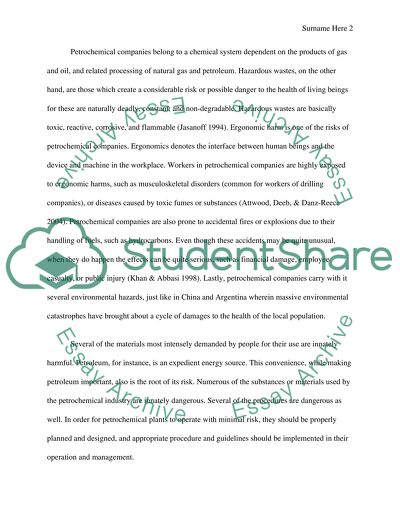Cite this document
(“The Risk of Petrochemical Companies Research Paper”, n.d.)
Retrieved from https://studentshare.org/english/1397780-the-risk-of-petrochemical-companies
Retrieved from https://studentshare.org/english/1397780-the-risk-of-petrochemical-companies
(The Risk of Petrochemical Companies Research Paper)
https://studentshare.org/english/1397780-the-risk-of-petrochemical-companies.
https://studentshare.org/english/1397780-the-risk-of-petrochemical-companies.
“The Risk of Petrochemical Companies Research Paper”, n.d. https://studentshare.org/english/1397780-the-risk-of-petrochemical-companies.


